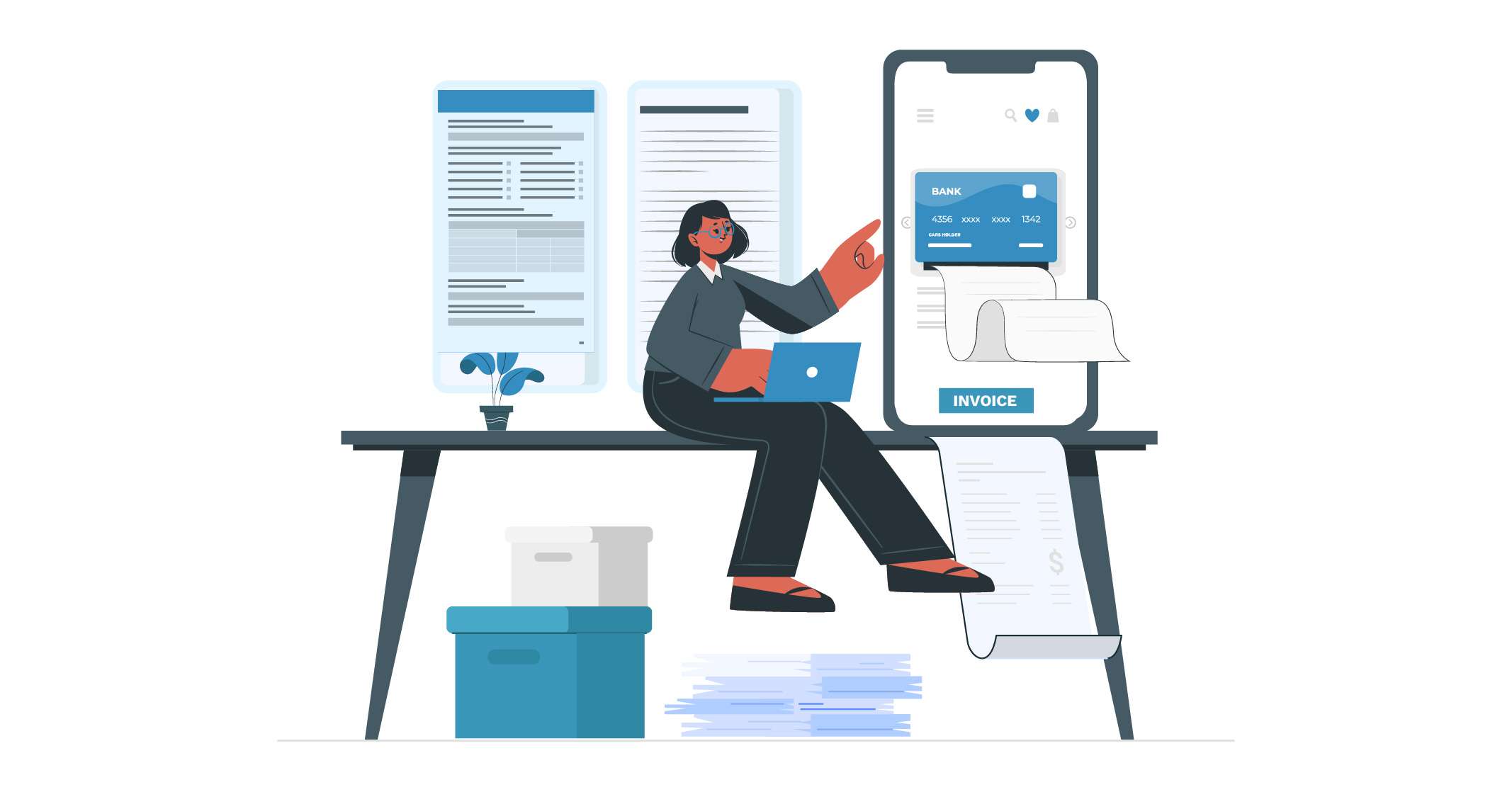Purchase Orders and Invoices: Two terms are frequently used in the context of commercial finance: “purchase order” and “invoice.” While they may sound identical, they have separate roles in the procurement and payment processes. Understanding these differences is essential for seamless transactions and effective corporate operations. Let’s examine these terms’ definitions, functions, and importance.
What’s a Purchase Order?
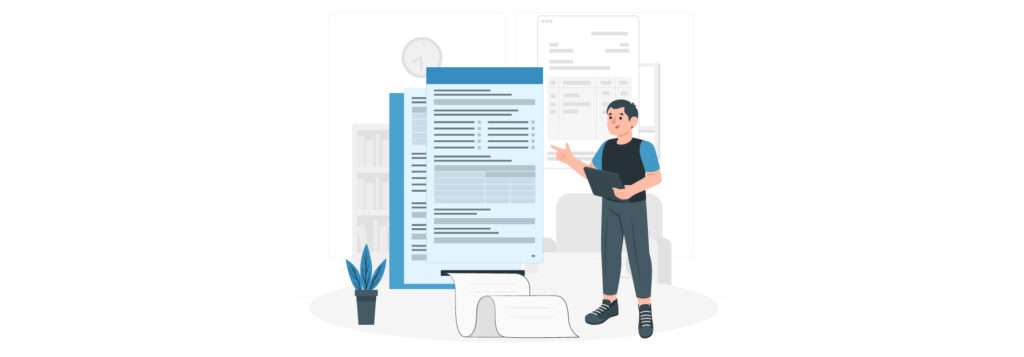
Consider a purchase order (PO) to be your official statement that “This is what I want to buy.” It’s a document that outlines your precise requirements to a merchant or supplier. A purchase order will normally contain the following information:
This is where you’ll list exactly what you need. For example, if you require 50 office chairs and 100 pencils, you will write them down. This aids in the supplier’s precise delivery of the requested item.
2. Quantity
What is the quantity of each item required? This section informs the supplier about the quantity you’re ordering.
3. Price
This is where you record the cost of each item. This enables price agreement between you and the seller prior to item shipment.
4. Delivery Date
When are you going to require these items? The provider knows when to supply them based on the delivery date.
Example in Action
Imagine you own a tiny coffee business and need to order fresh mugs and coffee beans. Your supplier receives a purchase order from you with all the information needed, including the quantity (100 mugs and 200 bags) and the price and delivery date for each item. This way, you know precisely what to expect.
What’s an Invoice?
An invoice is like a bill that a supplier sends you after they’ve delivered the goods or services. It’s their way of saying, “Here’s what you owe us.” Here’s what you’ll typically see on an invoice:
1. Invoice Number
This unique number enables invoice tracking for both you and the provider. Similar to your bill’s reference number.
2. Date
The date the invoice was issued. You can use this to determine when the payment is due.
3. Description of Goods/Services
A recap of what was delivered. If you received 50 mugs and 200 bags of coffee beans, this section will list those items again.
4. Amount Due
The total amount you need to pay. It adds up all the costs so you know exactly how much you owe.
5. Payment Terms
Instructions on how and when to pay. This might include details about early payment discounts or late fees.
How Are Purchase Orders and Invoices Different?
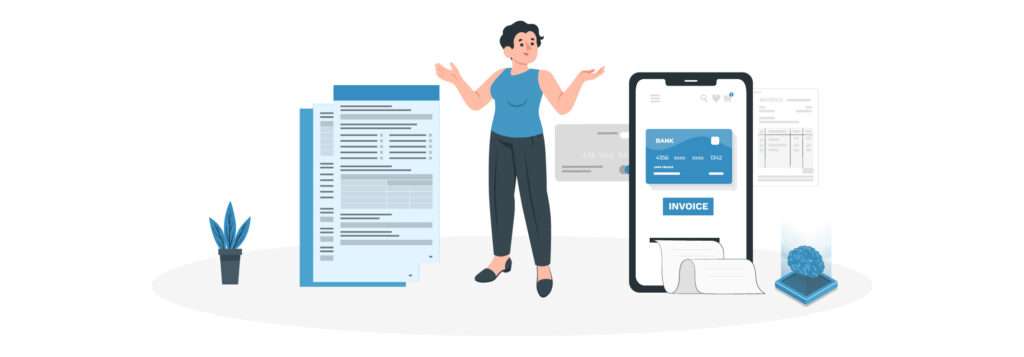
Understanding the difference between purchase orders and invoices is key to keeping your business transactions smooth. Here’s a quick comparison:
- Purpose
- Purchase Order: Used to request items or services. It’s like saying, “I want to buy these things.”
- Invoice: Used to request payment for items or services already delivered. It’s like saying, “Here’s what you owe for what you’ve received.”
- Timing
- Purchase Order: Sent before receiving the goods or services. It’s like placing an order at a restaurant before you eat.
- Invoice: Sent after the delivery. It’s like getting the bill after your meal.
- Function
- Purchase Order: Helps both parties agree on what’s being bought. It’s a way to make sure everyone is on the same page.
- Invoice: Manages the payment process. It confirms what you owe and provides details for making the payment.
- Legal Standing
- Purchase Order: Acts as a contract once accepted by the supplier. It confirms your intention to buy.
- Invoice: Requests payment but doesn’t act as a contract. It’s more of a formal request for money.
Why You Need Both Documents
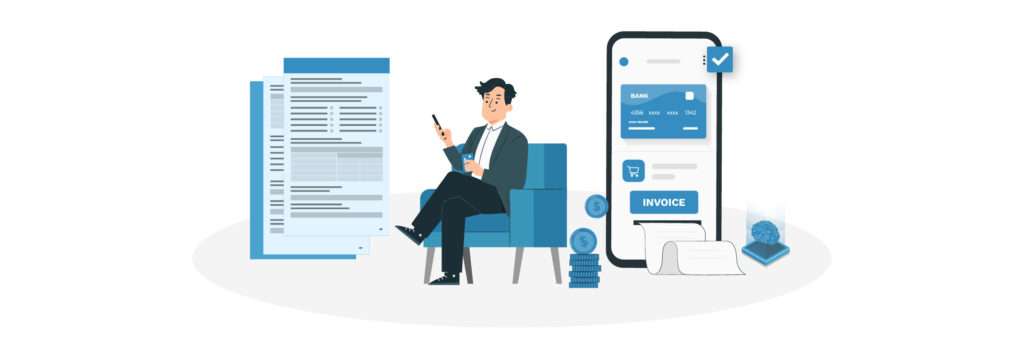
Having both purchase orders and invoices helps keep everything clear and organized. Here’s why they’re important:
- Clear Communication
A purchase order spells out what you’re buying, while an invoice confirms what you owe. Together, they make sure everyone knows what’s going on.
- Better Record-Keeping
Keeping track of purchase orders and invoices helps with budgeting and accounting. It’s like keeping a diary of your transactions to ensure you’re on top of things.
- Financial Control
A purchase order helps manage your budget by detailing what you’re buying and at what price. An invoice helps manage cash flow by showing what you owe and when it’s due. Together, they help keep your finances in check.
How Purchase Orders and Invoices Work Together
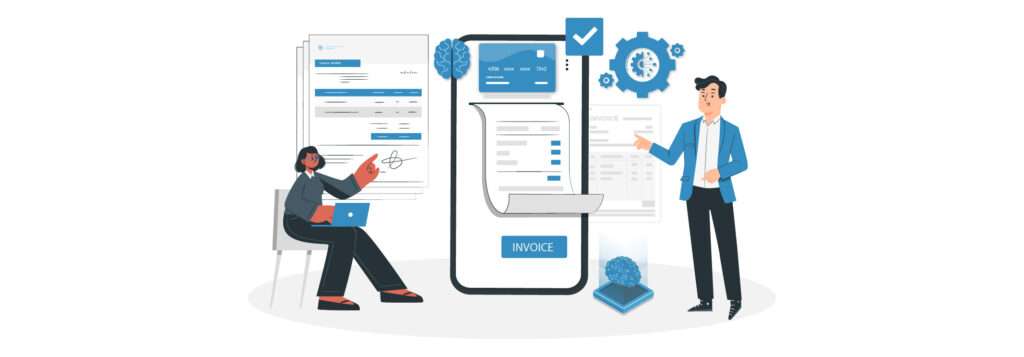
Here’s a simple step-by-step guide on how these documents fit into the buying and payment process:
- Create a Purchase Order
Decide what you need, create a purchase order, and send it to the supplier. This document tells them what to prepare.
- Supplier Delivers Goods/Services
The supplier gets your purchase order, prepares the items or services, and sends them to you.
- Receive an Invoice
Once the goods or services are delivered, the supplier sends you an invoice. This document details what was delivered and how much you owe.
- Make the Payment
Check the invoice against your purchase order to ensure everything is correct. Then, make the payment as per the terms outlined in the invoice.
Best Practices for Managing Purchase Orders and Invoices
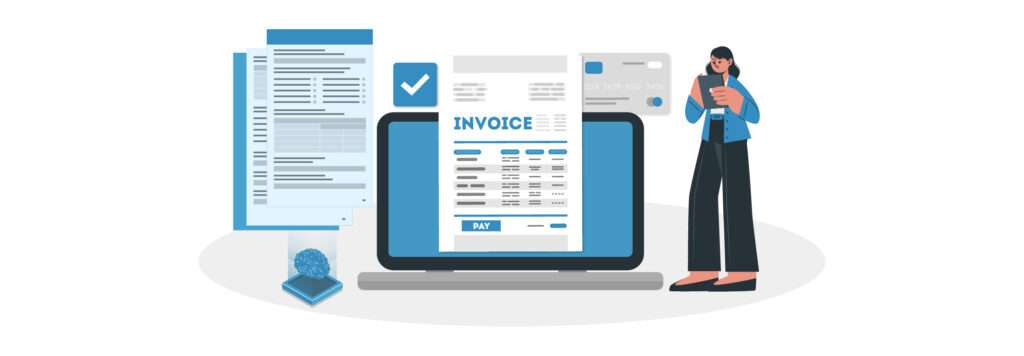
Automating the process with software can save you time and reduce errors. Look for tools that integrate with your accounting system to streamline everything.
- Keep Records Organized
Keep all your purchase orders and invoices in a well-organized system. This helps with accurate accounting and easy retrieval when needed.
- Communicate Clearly
Make sure all details are clear and agreed upon by both parties. Clear communication prevents misunderstandings and keeps transactions smooth.
- Review Regularly
Regularly check your purchase orders and invoices for accuracy. Address any issues early to avoid problems down the line.
Tips for Better Management
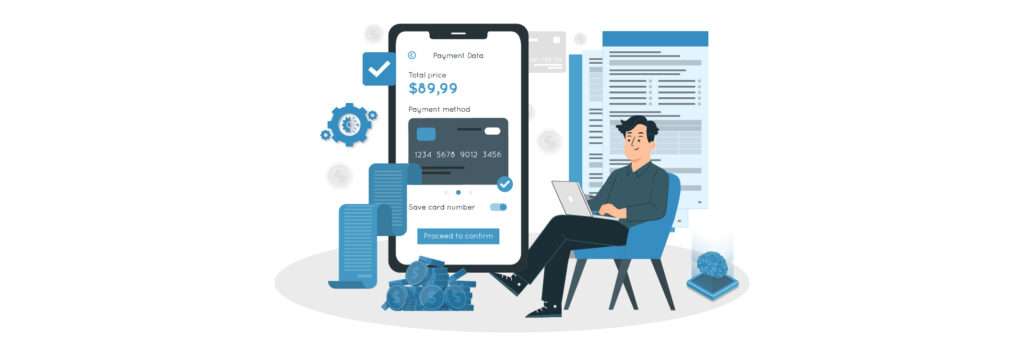
- Set Up Approval Processes
Implement approval workflows to ensure accuracy and prevent unauthorized transactions. This adds an extra layer of control.
- Use Templates
Use templates to standardize your purchase orders and invoices to maintain consistency and lower error rates.
- Educate Your Team
Ensure that everyone participating in the process understands the significance of these documents and how to handle them appropriately.
- Monitor Trends
Review your purchase orders and invoices on a regular basis to identify trends and opportunities for improvement. Use this information to make smarter decisions.
Conclusion
Purchase orders and invoices don’t have to be difficult to understand and handle. You can keep your company operations running with minimal disruption by understanding their roles and using them effectively. These documents contribute to clear communication, accurate recordkeeping, and improved financial control. So, the next time you’re making a purchase or making a payment, keep these suggestions in mind to keep things flowing smoothly!
FAQs- Purchase Orders and Invoices
- Do I Always Need a Purchase Order? Not every purchase requires a purchase order, but it’s a good practice for larger or more complex transactions. It helps ensure accuracy and prevents misunderstandings.
- Can One Document Serve Both Purposes? No, purchase orders and invoices serve different purposes. A purchase order is for placing an order, while an invoice is for requesting payment. Each document has its own role.
- What If I Skip Either Document? Skipping either document can lead to confusion and payment delays. It’s important to use both to keep everything running smoothly.

